Indian Roadmaster review, test ride
Indian Motorcycles’ latest bike to hit India is none other than its flagship, the Roadmaster. We take it for a spin on its home ground – the open road.
Published on May 26, 2016 12:42:00 PM
16,082 Views
Follow us on
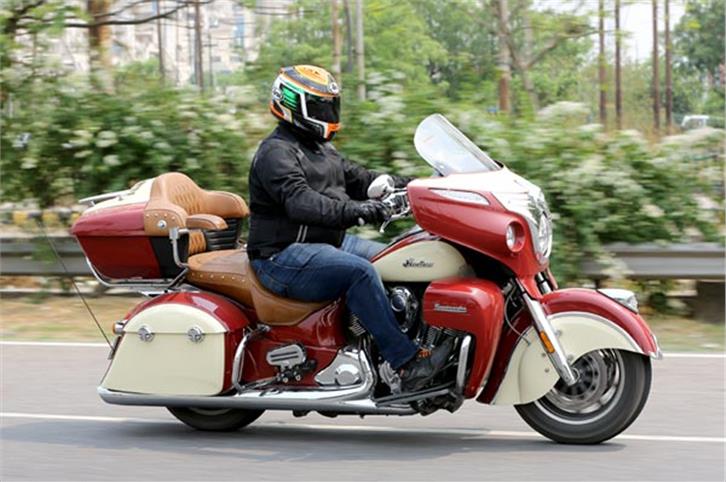


Size does matter
The sheer bulk of the Roadmaster is something that really draws a lot of eyeballs on the road. But that’s not to say that it’s some monstrosity which sacrifices aesthetics for tackiness and shock value. Like all of Indian’s bikes based on the Chief, the design is pure retro and features the company’s traditional front fender design as well as the illuminated Warbonnet that has graced nearly all of Indian motorcycles’ front fenders since 1947. Everything about the bike’s shape screams ‘classic’, from its two-tone paint scheme (on the bike we rode), its flowing fuel tank design and even the way the panniers taper off in the same shape as the rear fender. But even though it is a rather large bike that’s extraordinarily heavy as well at 421kg (dry), it’s just shocking how light it feels once you pick it off the stand.
Figure-skating elephant
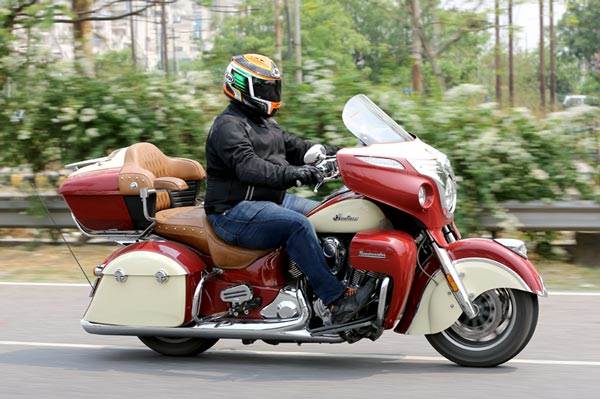
This is one bit of magic that Indian has managed to pull off with all its bikes based on the Chief. The Indian seems to shed a couple of quintals the moment you get going. This is down to the well-balanced chassis, steering geometry and suspension setup this bike has. Speaking of steering geometry, the Roadmaster (just like the Chieftain) has its forks raked in further to 25 degrees. This allows the front end to feel nimble even when it has all the weight of that massive front fairing over it. The bike turns in very easily, precisely and with a lot of confidence. Making your way through traffic or even around corners is no problem at all. Even the ride quality is rather well handled. The 46mm front forks and air adjustable monoshock at the back handle big bumps rather well and the ride is very pliant for the most part. It’s over sharp bumps and potholes where the ride feels rather harsh. However, for bringing all that mass to a halt, the ABS-equipped brakes feature twin 300mm front discs and a single 300mm rear disc, providing a surprising amount of stopping power and great feel as well.
Copyright (c) Autocar India. All rights reserved.


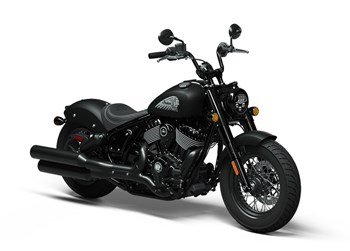
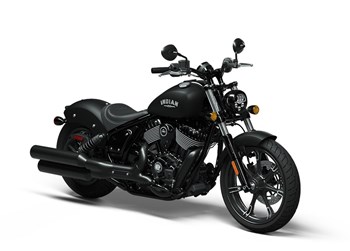


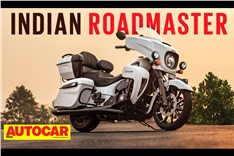

Comments
Member Login
Personal Details
No comments yet. Be the first to comment.